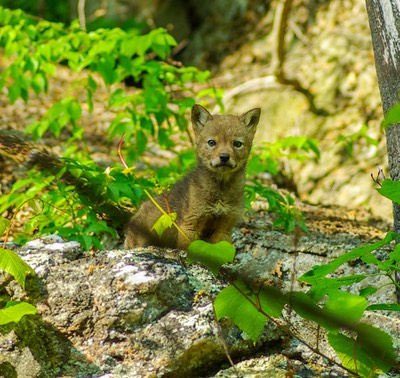DO YOUR PART FOR RARE AND DECLINING POPULATIONS
While all snakes survive in populations that are limited, there are some that, at least in this state, are truly rare and/or endangered. The formally listed species are: Eastern Wormsnake (Threatened), Eastern Ratsnake (Endangered), Copperhead (Endangered), and Timber Rattlesnake (Endangered). Others may be listed in the future.
Some species are rare here because they are at the northern or eastern limit of their geographic distribution. Take a look at this map of Eastern Ratsnake for example. The same is true for other species, such as Copperhead, Hog-nosed, Wormsnake, and Black Racer. Other snakes are nearing extirpation in our state because they have been systematically reduced by humans, either by direct and constant persecution (overcollection; highway mortality; bounties for rattlesnakes were being paid well into the 20th century in New England) or indirectly (land use changes; increase in pesticide use; increase in subsidized predators).
Conservationists wonder if new threats to snake populations will become more acute in the near future. One example may be new emerging diseases that is just beginning to be studied.
If you see a rare snake in Western Massachusetts, visit the online reporting system. You should also support the Massachusetts Herp Atlas Project and report any species of snake.
Snakes considered uncommon to rare now may have been more common in the 1800s when our forests had been mostly removed. Greensnakes, Dekay’s, and Red-bellied snakes (like bluebirds, meadowlarks, and bobolinks) were probably more widespread in the 19th century. The regrowth of New England forests in the past hundred years has likely benefited Milksnakes, Timber Rattlesnakes, and perhaps Ring-necked snakes. The reintroduction of beavers has almost certainly been valuable to Ribbonsnakes and Watersnakes (not to mention moose and waterfowl).
Right: In recent years, some field observers have increasingly reported snakes with various afflictions, possibly of fungal origin. Current tissue sampling and monitoring may reveal if this is an alarming trend or a typical occurrence in snake populations that vary over time.



